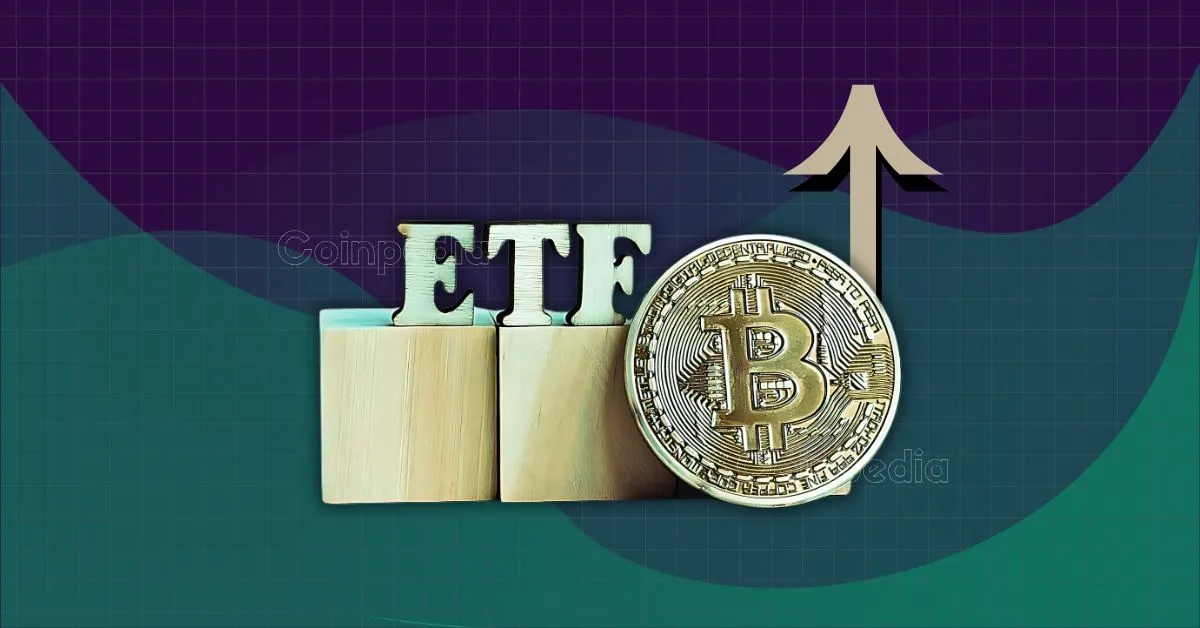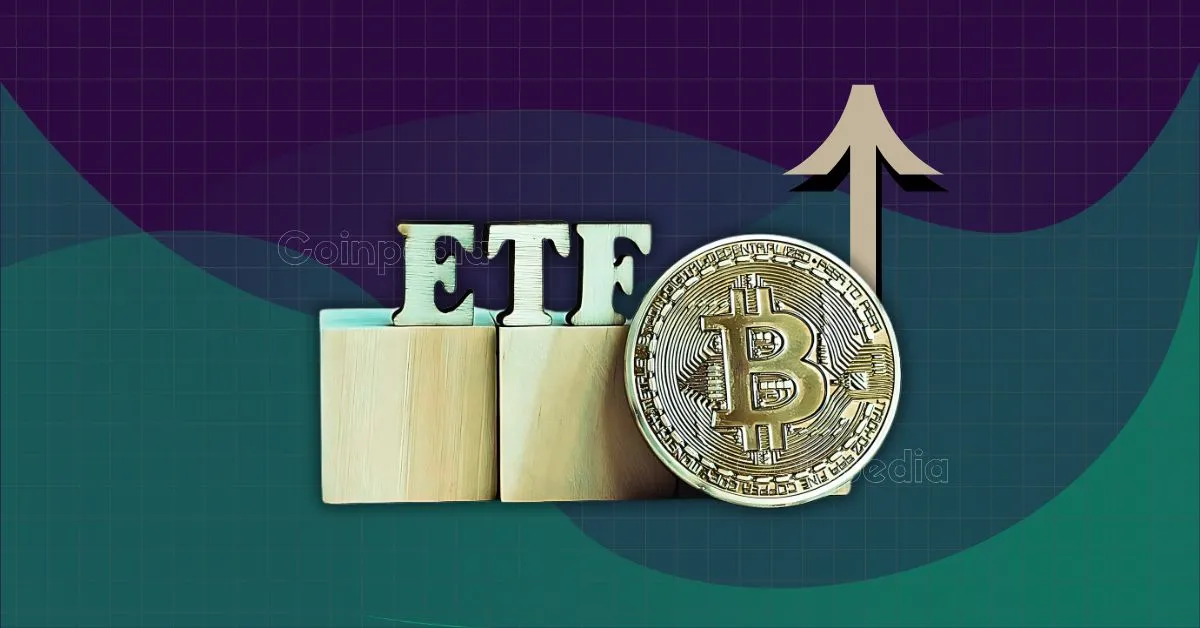Navigating Economic Uncertainty: Kiyosaki’s 2025 Investment Strategy
The Economic Landscape in 2025
The global economy is on the brink of significant upheaval, with experts like Robert Kiyosaki warning of a potential “Greater Depression” in 2025. This forecast is not made lightly, but rather based on a confluence of troubling economic indicators. Record-high credit card debt, rising unemployment rates, and shrinking retirement savings are just a few of the red flags that have Kiyosaki sounding the alarm. The Federal Reserve’s monetary policies, which he describes as unsustainable, are exacerbating these issues, creating a perfect storm for economic instability.
Kiyosaki’s critique extends beyond mere observation; he argues that the current financial system is fundamentally flawed and rigged against the average investor. Traditional savings accounts, stocks, and bonds are increasingly vulnerable to inflation and market volatility. In this environment, Kiyosaki advocates for a proactive investment strategy that prioritizes tangible assets—specifically, silver, gold, and Bitcoin. These assets, he believes, offer a lifeline in turbulent economic waters.
The Case for Silver: The Undervalued Asset
Among the trio of silver, gold, and Bitcoin, Kiyosaki has recently singled out silver as the most undervalued and potentially lucrative investment opportunity in 2025. His enthusiasm for silver is not merely speculative; it is rooted in a careful analysis of market dynamics and economic trends. Kiyosaki argues that silver is currently trading at a significant discount relative to its intrinsic value, making it an attractive buy for investors seeking substantial returns.
One of the key drivers behind Kiyosaki’s bullish stance on silver is the growing demand for the metal. Industrial applications, particularly in the renewable energy sector, are fueling this demand. As the world transitions to cleaner energy sources, silver’s role in solar panels and other green technologies is becoming increasingly critical. This industrial demand, combined with its status as a monetary metal, positions silver as a dual-purpose asset that can hedge against both economic instability and inflation.
Kiyosaki’s prediction that silver could triple in value by the end of 2025 is bold, but it is not without precedent. Historical data shows that silver has experienced significant price surges during periods of economic uncertainty. For example, during the 2008 financial crisis, silver prices soared as investors sought safe-haven assets. Kiyosaki believes that a similar dynamic could play out in 2025, making silver a strategic asset for investors looking to protect and grow their wealth.
Gold: The Timeless Store of Value
While silver may be the star of Kiyosaki’s 2025 investment strategy, gold remains a cornerstone of his portfolio recommendations. Gold’s historical significance as a store of value is unparalleled. For centuries, gold has been synonymous with wealth and financial security, and Kiyosaki argues that this status is unlikely to change anytime soon.
One of the primary advantages of gold is its stability. Unlike stocks or real estate, gold does not rely on the performance of a single company or market. Instead, it derives its value from its scarcity and universal acceptance as a form of money. This makes gold an ideal asset for preserving wealth during times of economic turmoil. Kiyosaki acknowledges that gold’s price appreciation may be slower compared to silver or Bitcoin, but he emphasizes that its primary role is not to generate rapid gains but to provide a stable foundation for long-term financial security.
Another key benefit of gold is its role as a hedge against inflation. As central banks continue to print money and governments accumulate debt, the purchasing power of fiat currencies is eroding. Gold, on the other hand, has a finite supply, which means its value is not subject to the same inflationary pressures. Kiyosaki advises investors to allocate a portion of their portfolio to gold to protect against the declining value of the U.S. dollar and other major currencies.
Bitcoin: The Digital Gold
Bitcoin, the world’s first decentralized digital currency, has emerged as a modern hedge against inflation and financial instability. Kiyosaki has long been a proponent of Bitcoin, viewing it as a revolutionary asset that challenges the traditional financial system. He argues that Bitcoin’s decentralized nature makes it immune to the manipulations and inefficiencies of centralized banking institutions.
One of the most compelling arguments for Bitcoin is its potential to reach new highs. Despite its volatility, Bitcoin has a proven track record of significant price appreciation. Kiyosaki believes that as more investors recognize Bitcoin’s value as a store of wealth and a medium of exchange, its price will continue to rise. He also points to the growing institutional adoption of Bitcoin, with major corporations and investment firms adding it to their balance sheets. This trend, he argues, is a strong indicator of Bitcoin’s long-term viability as an investment asset.
However, Kiyosaki is not blind to Bitcoin’s risks. He acknowledges that Bitcoin’s price patterns sometimes mirror those of the stock market, making it susceptible to market corrections and volatility. Nevertheless, he maintains his conviction in Bitcoin’s long-term value, particularly as a hedge against the vulnerabilities of traditional currencies and banking institutions.
The ETF Dilemma: Why Physical Ownership Matters
One of the most contentious aspects of Kiyosaki’s investment strategy is his stance on Exchange Traded Funds (ETFs). While ETFs have gained popularity as a convenient way to invest in gold, silver, and Bitcoin, Kiyosaki remains skeptical of their true value. He draws a stark distinction between owning physical assets and investing in ETFs that track their prices.
Kiyosaki’s criticism of ETFs stems from his belief that “paper” assets do not equate to true ownership. He questions whether investors genuinely possess Bitcoin, gold, or silver if they hold it through an ETF rather than in a personal wallet or secure storage. Kiyosaki views ETFs as extensions of the “corrupt financial machine” he has long criticized, arguing that they introduce counterparty risk and do not provide the same level of protection as physical ownership.
His skepticism is not without merit. ETFs are managed by Wall Street institutions, which are part of the very system Kiyosaki believes is flawed. In the event of a major financial crisis, ETFs could be vulnerable to the same systemic risks that Kiyosaki seeks to avoid. By contrast, physical ownership of gold, silver, and Bitcoin provides investors with direct control over their assets, eliminating the need to rely on third parties.
Navigating Market Volatility and Corrections
Despite his bullish stance on silver, gold, and Bitcoin, Kiyosaki acknowledges that these assets are not immune to market volatility. He warns investors to be prepared for potential sharp corrections, particularly in the case of Bitcoin, which is known for its price swings. This implies a need for prudent risk management and a long-term perspective, rather than speculative short-term trading.
Kiyosaki’s advice is to approach these investments with a strategic mindset. Rather than trying to time the market, investors should focus on building a diversified portfolio that can weather economic storms. This means allocating a portion of one’s assets to silver, gold, and Bitcoin, while also maintaining liquidity for short-term needs.
A Philosophy of Self-Reliance
At the heart of Kiyosaki’s investment strategy is a broader philosophy of self-reliance and financial independence. He encourages investors to educate themselves, understand the risks involved, and take control of their financial future. His advocacy for physical ownership of assets aligns with this philosophy, as it empowers individuals to bypass traditional financial institutions and take direct responsibility for their wealth.
Kiyosaki’s message is clear: in an uncertain economic landscape, the best defense is a proactive offense. By prioritizing tangible assets and embracing a mindset of self-reliance, investors can position themselves to not only survive but thrive in the face of economic turbulence.
Conclusion: Safeguarding Wealth in Uncertain Times
Robert Kiyosaki’s investment strategy for 2025 is a call to action for investors to prepare for potential economic turbulence. His emphasis on silver, gold, and Bitcoin, coupled with his skepticism towards ETFs, reflects a belief in the enduring value of tangible assets and the importance of self-reliance in navigating uncertain times. While his predictions and recommendations should be considered alongside other expert opinions and individual risk tolerance, Kiyosaki’s message serves as a valuable reminder to question conventional wisdom and take proactive steps to safeguard one’s financial future.
In a world where economic stability is increasingly uncertain, Kiyosaki’s strategy offers a roadmap for investors seeking to protect and grow their wealth. By prioritizing tangible assets and embracing a philosophy of self-reliance, investors can position themselves to weather the storm and emerge stronger on the other side.












